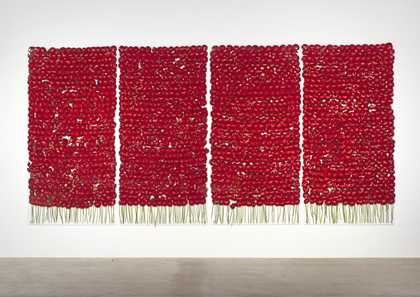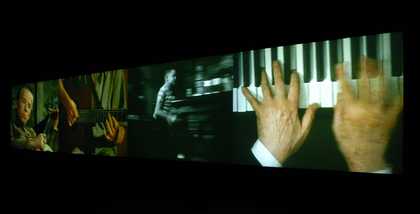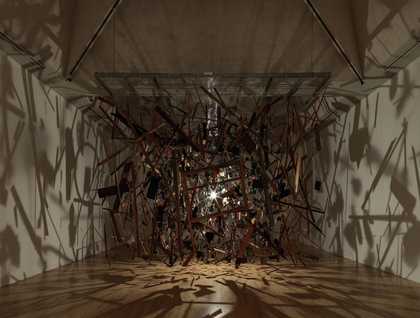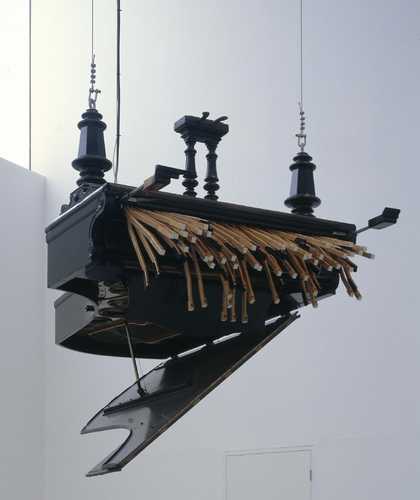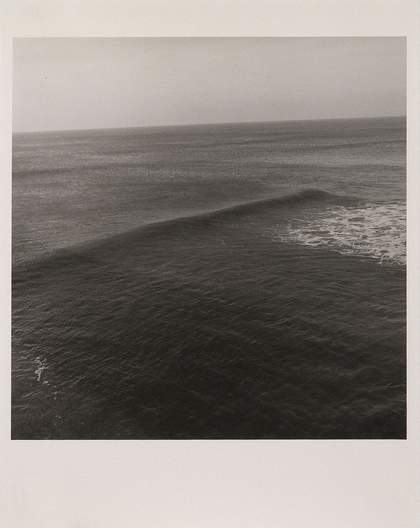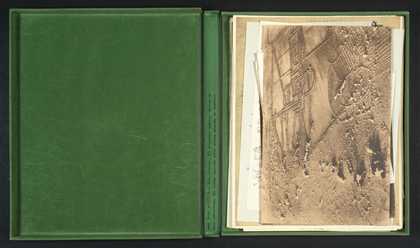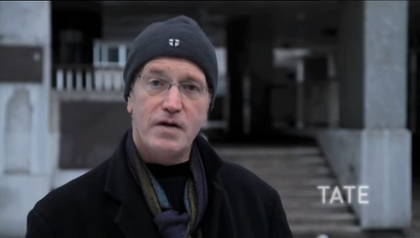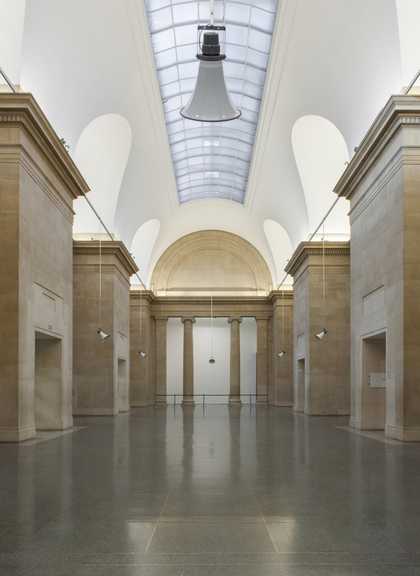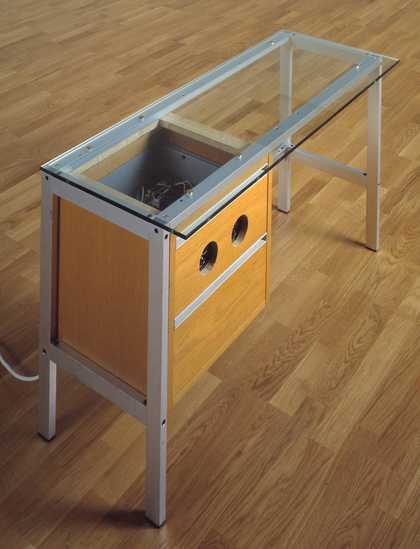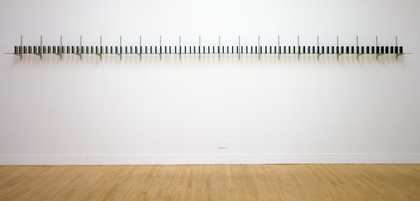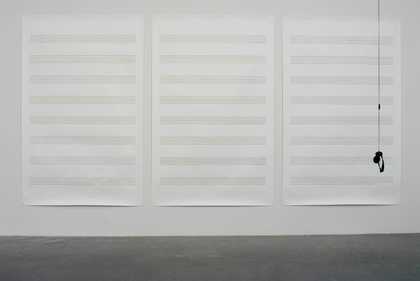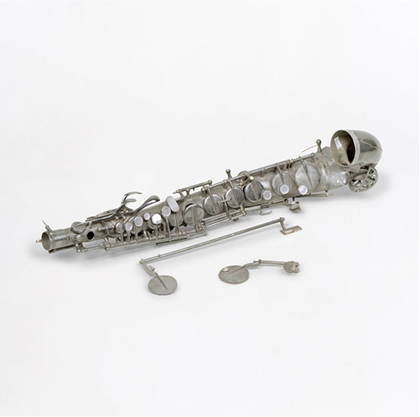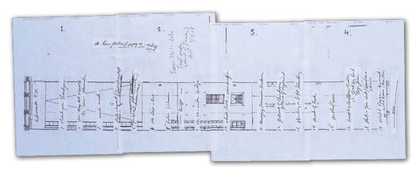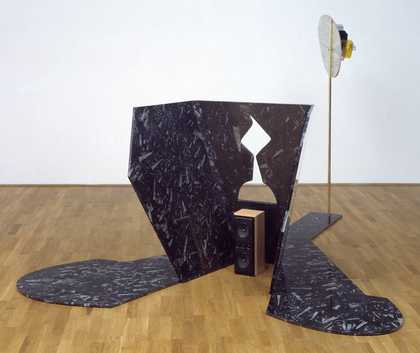
Gary Webb
Sound of the Blue Light (2002)
Tate
Sound art dates back to the early inventions of futurist Luigi Russolo who, between 1913 and 1930, built noise machines that replicated the clatter of the industrial age and the boom of warfare. Dada and surrealist artists also experimented art that uses sound. Marcel Duchamp’s composition Erratum Musical featured three voices singing notes pulled from a hat, a seemingly arbitrary act that had an impact on the compositions of John Cage, who in 1952 composed 4’33’’ a musical score of four minutes and thirty three seconds of silence. (Four minutes thirty three seconds is 273 seconds. The temperature minus 273 celsius is absolute zero).
By the 1950s and 1960s visual artists and composers like Bill Fontana were using kinetic sculptures and electronic media, overlapping live and pre-recorded sound, in order to explore the space around them.
Since the introduction of digital technology sound art has undergone a radical transformation. Artists can now create visual images in response to sounds, allow the audience to control the art through pressure pads, sensors and voice activation, and in examples like Jem Finer’s Longplayer, extend a sound so that it resonates for a thousand years.
Sound is materially invisible but very visceral and emotive. It can define a space at the same time as it triggers a memory -Susan Philipsz

